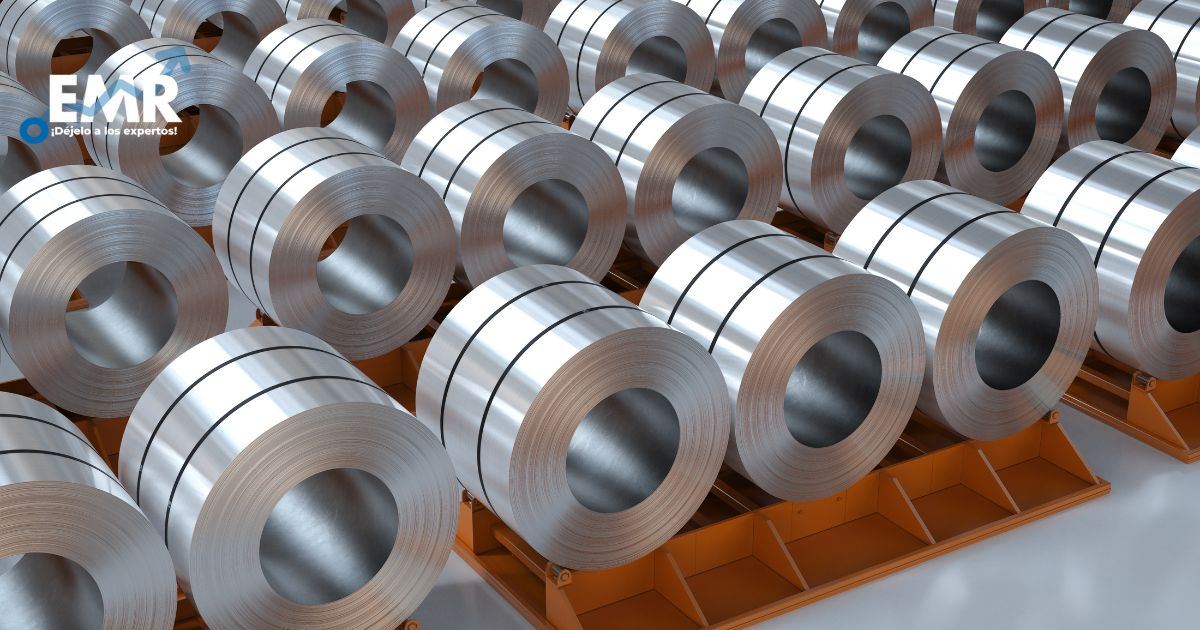The steel market encompasses the global industry involved in the production, distribution, and consumption of steel, a versatile and essential material used in construction, manufacturing, infrastructure, and numerous other applications. As one of the most widely used materials in the world, steel plays a critical role in shaping modern society and driving economic development. This article provides an overview of the steel market, including its history, dynamics, and current trends.
History and Evolution
The history of steel dates back thousands of years, with evidence of its production and use by ancient civilizations such as the Egyptians and the Greeks. However, it was not until the 19th century that the modern steel industry began to take shape with the development of the Bessemer process and other innovations in steelmaking technology. These advancements revolutionized the production of steel, leading to its widespread use in railways, bridges, buildings, and machinery during the industrial revolution.
Types of Steel
Steel is a versatile material with a wide range of properties and applications, which can be categorized into various types based on composition, processing methods, and end-use. Some common types of steel include:
- Carbon Steel: Carbon steel is the most widely used type of steel and contains varying amounts of carbon, which impart strength and hardness to the material. It is used in construction, automotive manufacturing, and machinery production.
- Alloy Steel: Alloy steel is made by adding other elements such as chromium, nickel, and manganese to carbon steel to enhance specific properties such as corrosion resistance, strength, and toughness. It is used in aerospace, defense, and high-performance applications.
- Stainless Steel: Stainless steel contains chromium and other alloying elements that provide corrosion resistance and durability. It is used in a wide range of applications, including kitchen appliances, medical devices, and automotive parts.
- Tool Steel: Tool steel is designed to withstand high temperatures and extreme mechanical stress, making it suitable for cutting, shaping, and forming tools such as drills, saws, and dies.
Market Dynamics
The steel market is influenced by various factors, including:
- Economic Conditions: Economic factors such as GDP growth, industrial production, and construction activity affect demand for steel, as it is a key input in manufacturing and infrastructure development.
- Supply Chain: The steel industry relies on a complex global supply chain involving mining, processing, transportation, and distribution of raw materials and finished products. Supply chain disruptions, such as natural disasters or trade disputes, can impact steel prices and availability.
- Regulatory Environment: Government regulations, trade policies, and environmental standards affect the operations and competitiveness of steel producers. Tariffs, quotas, and emissions regulations can impact the cost of production and trade flows in the steel market.
- Technological Advancements: Advances in steelmaking technology, such as electric arc furnaces, continuous casting, and recycling processes, have improved efficiency, quality, and sustainability in the steel industry.
Current Trends
The steel market is characterized by several trends that are shaping the industry:
- Sustainability: There is a growing emphasis on sustainability in the steel industry, with companies investing in energy-efficient technologies, recycling processes, and low-carbon production methods to reduce environmental impact.
- Digitalization: Digital technologies such as automation, data analytics, and artificial intelligence are being adopted to improve efficiency, productivity, and safety in steel manufacturing and supply chain operations.
- Customization: Customers are increasingly demanding customized steel products tailored to their specific requirements, leading to the development of niche markets and specialized steel grades for various applications.
- Trade Dynamics: Global trade tensions, geopolitical developments, and shifts in demand patterns are influencing trade flows and market dynamics in the steel industry, with implications for pricing, supply chains, and investment decisions.
Challenges and Opportunities
The steel market faces several challenges, including overcapacity, volatile raw material prices, regulatory uncertainty, and competition from alternative materials. However, there are also opportunities for growth and innovation, particularly in areas such as infrastructure development, urbanization, renewable energy, and advanced manufacturing.
Future Outlook
Despite the challenges, the steel market is expected to continue growing in the coming years, driven by population growth, urbanization, industrialization, and infrastructure investment in emerging economies. Companies that can adapt to changing market dynamics, embrace sustainability, and invest in technology and innovation are likely to succeed in the evolving global steel market.
In conclusion, the steel market is a dynamic and essential sector of the global economy, providing the foundation for construction, manufacturing, and infrastructure development worldwide. With its long history of innovation and adaptation, the steel industry continues to play a vital role in driving economic growth, supporting industrial progress, and shaping the built environment of the future.
